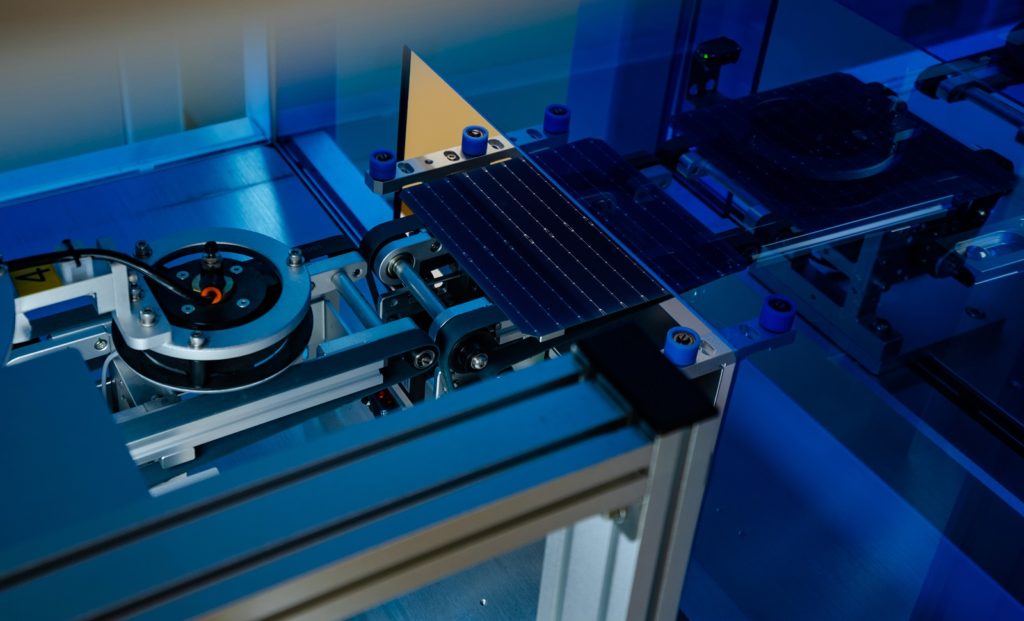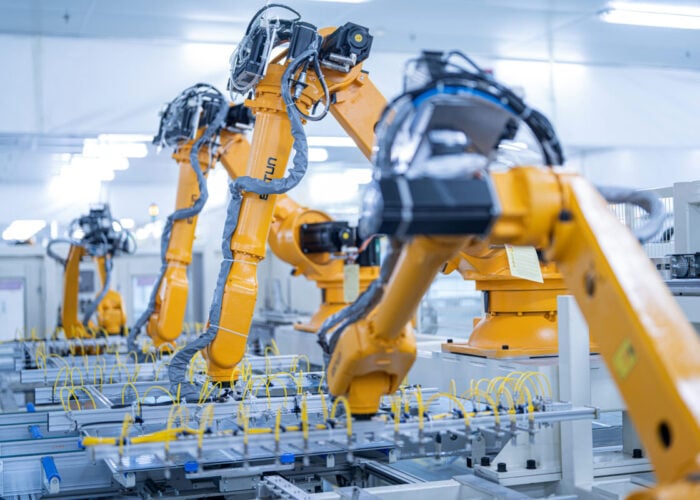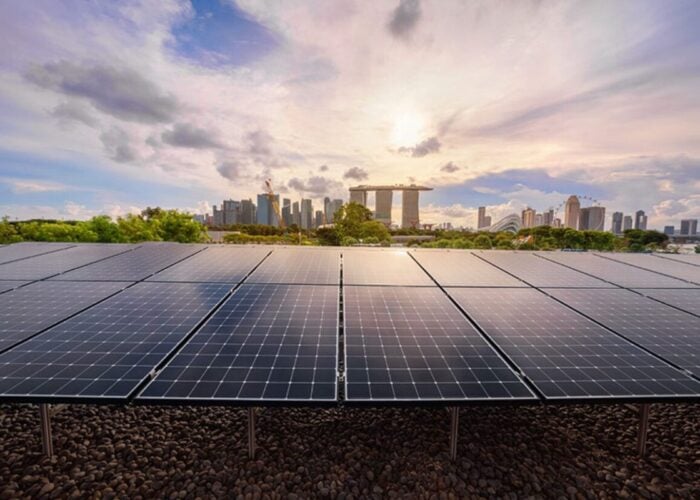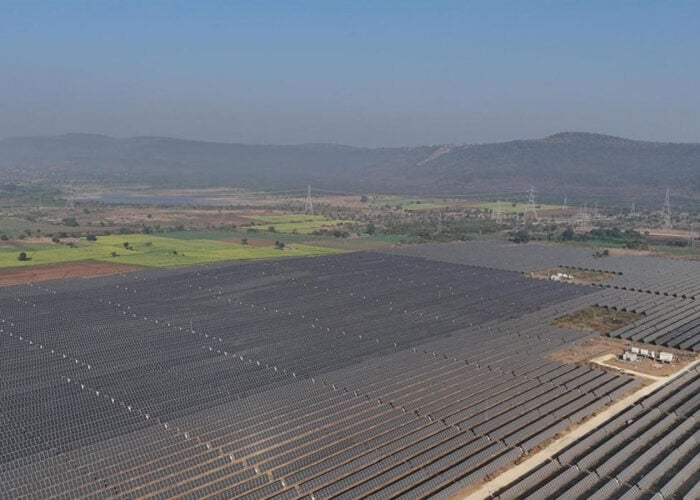
PV CellTech 2022 Live will take place in Berlin, Germany on 25-26 April 2022, at the Berlin Marriott Hotel, representing the first time PV CellTech will be held in Europe after five years in Malaysia dating back to 2016.
The event promises to be one of the ‘must-attend’ conferences of the year, and will provide a welcome return to in-person networking and discussions on the key issues impacting PV technology over the next 3-5 years.
Unlock unlimited access for 12 whole months of distinctive global analysis
Photovoltaics International is now included.
- Regular insight and analysis of the industry’s biggest developments
- In-depth interviews with the industry’s leading figures
- Unlimited digital access to the PV Tech Power journal catalogue
- Unlimited digital access to the Photovoltaics International journal catalogue
- Access to more than 1,000 technical papers
- Discounts on Solar Media’s portfolio of events, in-person and virtual
Or continue reading this article for free
This article reviews some of the key topics to be covered at PV CellTech 2022 Live, and includes details on how to get involved in the event in April in Berlin.
Day one topics
The preliminary agenda can be viewed here.
The event starts with keynote talks, reviewing current state-of-the-art performance characteristics of p-type and n-type mass production at the multi-gigawatt fab level. Key attention will be afforded to the efficiency limits of the different c-Si cell architectures, and production challenges and opportunities in getting mainstream production lines closer to theoretical limits.
The second session of day one focuses entirely on n-type TOPCon/PERT structures, now at the gigawatt-scale across a range of different cell producers across Asia. Speakers will be chosen from this new group of industry-leaders, promoting TOPCon as the preferred platform in the p-type to n-type transition phase expected to occur in earnest over the next few years.
The next session focuses on how the industry moves from the existing mainstream p-mono PERC offering. What is the route for p-mono structures to remain competitive? Will n-type production ramps be equally split across TOPCon and heterojunction (HJT) variants? How easy will it be to upgrade many of the new 5-10GW p-mono PERC cell lines to n-type capability?
The final session of day one takes on a more domestic focus, looking at the plans and progress from proponents across Europe to create a competitive c-Si value-chain alternative to dominant supply channels in place across China and Southeast Asia today. Where is new capacity coming from? Will there be commonality in substrate type and cell architecture? When will the first wave of new capacity come online?

Day two topics
The second day starts off on a broader note, looking at new cell capacity plans outside China and Southeast Asia, in particular including plans emerging from India to finally set up a technology-competitive cell manufacturing powerhouse globally.
The next session is specific to production equipment and materials for cell production lines, with emphasis on new tools and materials optimised for n-type cell lines. Where are the bottlenecks today for capex, throughput and efficiency optimisation? What progress has been made in the past couple of years from Chinese tool suppliers to have qualified domestic equipment available for n-type expansion plans?
The first session of the afternoon on day two looks at key issues relating to a world in which annual cell production is at the terawatt level, as is expected to happen by 2030. What will cell fabs look like in this new manufacturing landscape? What are the key material consumption issues that need to be considered? What are the efficiency and cost targets for cell manufacturing in 2030?
The final session of the PV CellTech 2022 Live is the special PV Technology Roadmap part, often accompanied by the most hotly debated discussions each year. In addition to hearing the latest ITRPV Roadmap findings, the event will look at different forecast models for cell production in the coming years. Will the industry converge on a common wafer size? Is wafer thickness reduction the next major driver during 2022/2023? Will n-type migration occur slowly out to 2030, or be closer to our own forecast shown in the graphic above?
Getting involved in PV CellTech 2022 Live
Ever since we held the first PV CellTech conference in Kuala Lumpur back in 2016, the entire European PV community has asked us constantly to hold a PV CellTech ‘special’ in mainland Europe. Therefore, the event in April in Berlin is almost certain to be ‘sold out’ in terms of attendees, and early ticket reservation is highly recommended.
We are always looking for fresh perspectives on key cell production issues, specific to gigawatt-scale mass production. While most of the talks each year at PV CellTech are invited, anyone interested in speaking at the event can still contact us and we will be happy to discuss if the topic/scope is a good match this year. The event landing page – here – has a link for anyone looking to attend, with ticket registration options available for instant booking. Finally, we generally partner with 15-20 leading equipment, material and cell producers at PV CellTech each year; institutions, including R&D centres in Europe, are also encouraged to reach out to us now, before the agenda and topics for PV CellTech 2022 are finalized in the coming weeks.
As anyone that has attended PV CellTech before will know well, the event concentrates on presentations only; these forming an almost overload of pertinent facts and details to help anyone looking at forming their internal roadmaps for the next few years regarding PV technology trends. In the coming weeks, we will be releasing details on the speakers and companies/institutions invited to talk at PV CellTech 2022 Live this year.
Looking forward to seeing many of you in Berlin in April, after a few years now of being confined to social media and web-based chats. Collectively, let’s make the event even better than the last one!







